Introduction
Preserved pork, commonly known as bacon in many parts of the world, is a culinary delight that has been enjoyed across cultures for centuries. Its rich, savory taste and versatility in cooking make it a staple in many kitchens. While modern methods have introduced quick and convenient ways to produce bacon, the traditional art of preserving pork through salting, smoking, and drying remains a cherished practice. This comprehensive guide explores various techniques for making preserved pork, offering a glimpse into the diverse culinary traditions that have shaped this timeless delicacy.
Understanding the Basics
Before diving into the various recipes, it’s crucial to understand the fundamental principles behind preserving pork. The primary goal is to prevent spoilage by inhibiting the growth of microorganisms through a combination of salt, acidity, dehydration, and sometimes smoking. Here are the basic steps involved in making preserved pork:
-
Selection of Pork: Choose high-quality pork cuts such as the belly, back, or shoulder. These cuts have the right balance of fat and meat, which is essential for flavor and texture.
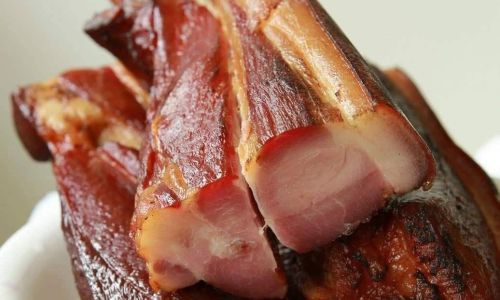
-
Trimming and Preparation: Trim excess fat and remove any bones or sinew. Ensure the meat is clean and free of contaminants.
-
Salting: Apply a generous layer of salt (often mixed with spices and sugars) to the pork. This draws out moisture, creating an environment unfavorable for bacteria.
-
Curing: The salted meat is then left to cure for a period, allowing the salt to penetrate deeply. This can range from a few days to several weeks, depending on the recipe and desired flavor.
-
Rinsing and Drying: After curing, the meat is rinsed to remove excess salt and then dried to further reduce moisture content.
-
Optional Smoking: Smoking adds an additional layer of flavor and further preserves the meat by creating a protective layer on the surface.
-
Storing: Once fully preserved, bacon can be stored in a cool, dry place or refrigerated for extended shelf life.
Traditional Methods and Recipes
Classic European Bacon
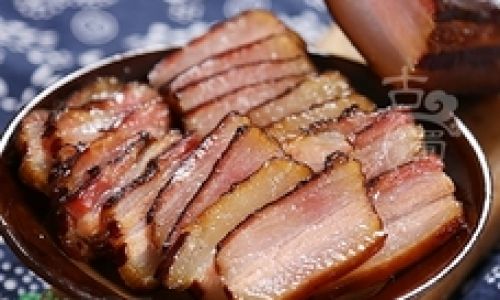
Ingredients:
- Pork belly
- Coarse sea salt
- Sugar
- Black pepper
- Juniper berries, crushed
Instructions:
- Trim the pork belly, leaving a layer of fat about 1/2 inch thick.
- In a bowl, mix the salt, sugar, black pepper, and crushed juniper berries.
- Rub the mixture evenly onto all surfaces of the pork belly.
- Place the seasoned meat in a non-reactive container or cover with a cloth and let it cure in a cool place for 7-10 days, turning occasionally.
- Rinse the cured meat thoroughly under cold water and pat dry.
- Hang the meat in a well-ventilated area to dry for 2-3 days, or until it has lost about 30% of its original weight.
- Optionally, smoke the bacon for 4-6 hours over mild smoke from hardwood chips.
- Slice thinly and enjoy as needed.
Chinese Lap Cheong (Waxed Meat)
Ingredients:
- Pork shoulder or belly
- Rock sugar
- Chinese five-spice powder
- Shaoxing wine
- Salt
- Rice vinegar
- Red fermented tofu (optional for color)
Instructions:
- Cut the pork into long strips, about 2 inches thick.
- In a large bowl, combine salt, rock sugar, five-spice powder, Shaoxing wine, rice vinegar, and red fermented tofu (if using). Mix well.
- Rub the marinade into the pork strips, ensuring even coverage.
- Place the pork in a non-reactive container, cover, and let it cure in the refrigerator for 5-7 days, turning occasionally.
- Remove the pork from the marinade, rinse briefly, and pat dry.
- Hang the meat in a cool, dry, and well-ventilated area for about 2 weeks, or until it has developed a firm texture and dark color.
- Wrap the dried meat in rice paper or wax paper to preserve its moisture and flavor.
- Slice and serve, or store in an airtight container.
Italian Pancetta
Ingredients:
- Pork belly, skin removed
- Coarse sea salt
- Black peppercorns, crushed
- Fennel seeds, toasted and crushed
- Garlic powder
- Rosemary, finely chopped
Instructions:
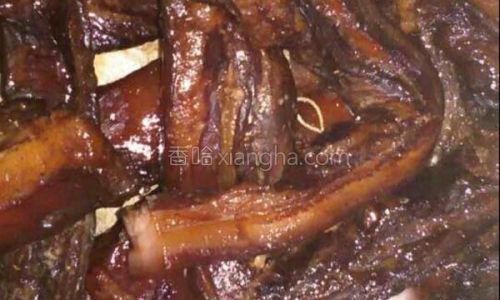
- Prepare the pork belly by trimming any excess fat and sinew.
- In a bowl, combine the salt, crushed peppercorns, fennel seeds, garlic powder, and rosemary.
- Rub the mixture evenly onto the pork belly.
- Roll the seasoned meat tightly and tie it with kitchen twine at intervals to secure its shape.
- Place the rolled meat in a non-reactive container or cover with a cloth and let it cure in a cool, dark place for 2-3 weeks, turning occasionally.
- After curing, rinse the pancetta thoroughly under cold water and pat dry.
- Hang the pancetta in a cool, dry, and well-ventilated area to dry for another 2-4 weeks, or until it has lost about 30% of its original weight and feels firm to the touch.
- Slice thinly and use as needed in cooking.
Southern U.S. Country Ham
Ingredients:
- Pork leg or shoulder
- Coarse sea salt
- Brown sugar
- Red pepper flakes
- Ground mustard
- Ground coriander
- Black pepper
Instructions:
- Trim the pork of any excess fat and sinew, leaving a layer of fat for flavor.
- In a bowl, mix the salt, brown sugar, red pepper flakes, ground mustard, ground coriander, and black pepper.
- Rub the mixture evenly onto the pork.
- Wrap the seasoned meat tightly in plastic wrap or place it in a non-reactive container and let it cure in the refrigerator for 2-3 weeks, turning occasionally.
- Remove the pork from the refrigerator, rinse off the cure, and pat dry.
- Hang the meat in a cool, dry place for about 2-3 months, or until it has developed a dark, hard exterior and a rich, concentrated flavor.
- To serve, soak the ham in cold water for 12-24 hours to soften it, then cook as desired.
Conclusion
The art of making preserved pork is a testament to human ingenuity and the pursuit of flavor. Each traditional method and recipe reflects the unique culinary heritage of its origin, offering a diverse array of textures, aromas, and tastes. Whether you prefer the classic European bacon, the aromatic Chinese lap cheong, the spicy Italian pancetta, or the rich Southern U.S. country ham, the journey of preserving pork is a rewarding endeavor that connects us to our culinary past and inspires creativity in the kitchen. As you experiment with these traditional techniques, remember that patience and attention to detail are key to achieving the perfect balance of flavor and texture. Enjoy the process and savor the delicious results!

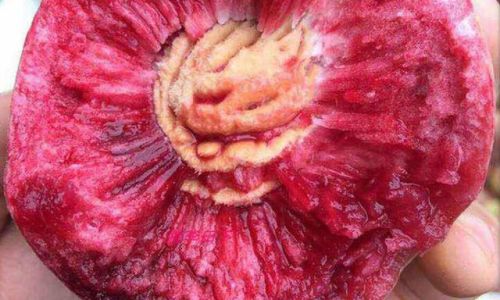

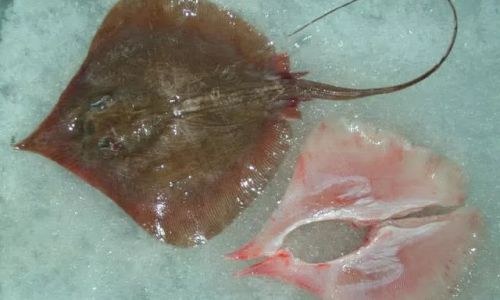

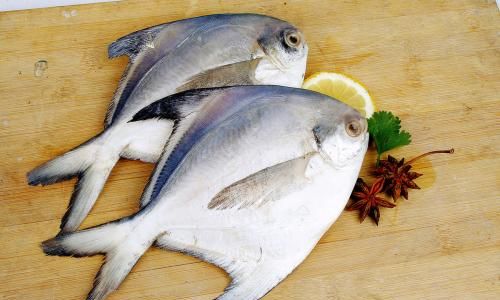
0 comments